Common misconceptions about the Salem Witch Trials
3-4 minute read
By The Findmypast Team | January 17, 2016
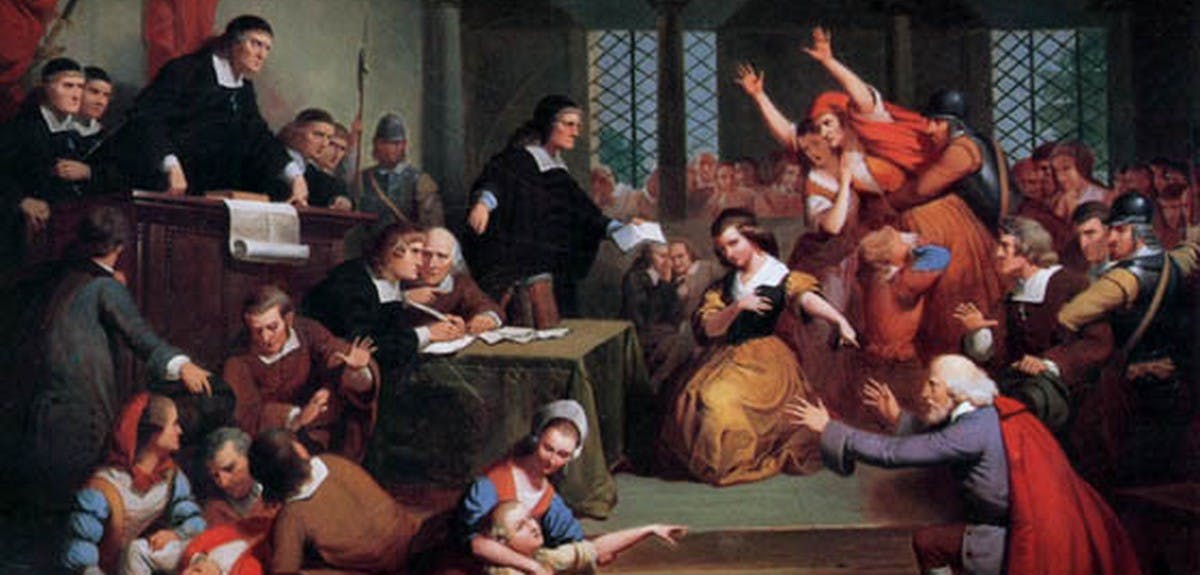
What do you know about the Salem Witch Trials? Is it more fact or fiction?
The Salem Witch Trials are perhaps the most infamous event in all of American history, and because of their fame, popular understanding of the event today is infused with myth in many places.
The Trials are in the news recently, as historians have just confirmed the discovery of the actual site of the hangings (that's right hanging, not stake-burning - more below), which was previously unknown.
Many of the original documents, locations and buildings have been lost to history, and historians have noted that the Puritan community seemed determined to forget the whole thing as soon as it ended.
Though it may have quickly faded from the memories of New Englanders, the penchant for occult trials and rituals persisted - even as recently as the late 19th century, a Rhode Island community performed a macabre ritual to ride themselves of a vampire.
The historical truth of the Salem Witch Trials is less theatrical, more complex, and ultimately more human than the myths we may have heard. If you're interested in an extensive and thorough unpacking of the phenomenon, check out Stacy Schiff's The Witches: Salem, 1692.
But the amazing thing is that even the most basic facts about the Salem Witch Trial have been confused or exaggerated. Let's do a quick fact check to set the record straight:
Nobody was burned at the stake
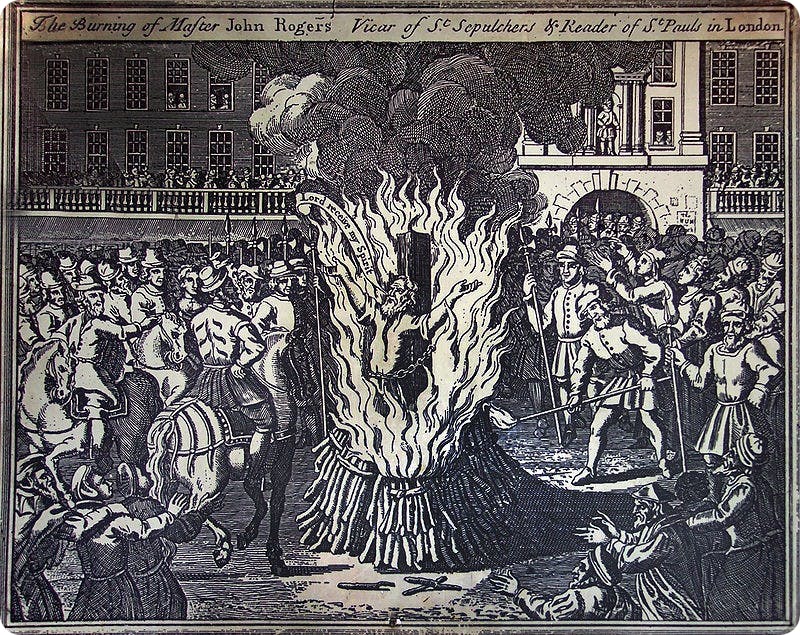
The Burning of John Rogers
The idea of burning witches at the stake originated in Europe. Criminal codes as early as the 16th century specified witches to be burned at the stake - historians estimate that between 40,000 and 50,000 people were executed for witchcraft in Europe (it's another common myth that 9 million people were burned at the stake for being witches).
But in 17th century Massachusetts, none of the 20 people executed for witchcraft at Salem in 1692 were burned at the stake. All were hanged, except for one: Giles Corey refused to plead guilty or not guilty, so the court ordered him to undergo peine forte et dure - a truly medieval form of torture where heavier and heavier stones are placed on the victims chest until he enters a plea. Corey refused to enter a plea and died after two days.
The executions were certainly gruesome and unjust, but it's interesting to note that these "witches" were not burned at the stake.
Not all victims were women
Although the majority of those executed for witchcraft in Salem were women, some men were also accused, convicted and executed. 6 of the 20 executed were men, several of whom were family members of convicted women.
It is true, however, that the typical victim was an elderly women. Of the 14 women hanged, 9 were over 55 years old. Overall, some sources suggest as many as 200 people were accused during the Witch Trials, though not all records of the proceedings have been preserved. People were accused for a myriad of reasons including family feuds or mere personal dislike.
If you had an ancestor who lived in Massachusetts in the 1600's, look over this list of people known to be associated with the Salem Witch Trials and see if you see any familiar names - it was a small community back then, and nearly everyone who lived there was swept up by the Trials in one way or another.
The hangings did not occur at Gallows Hill
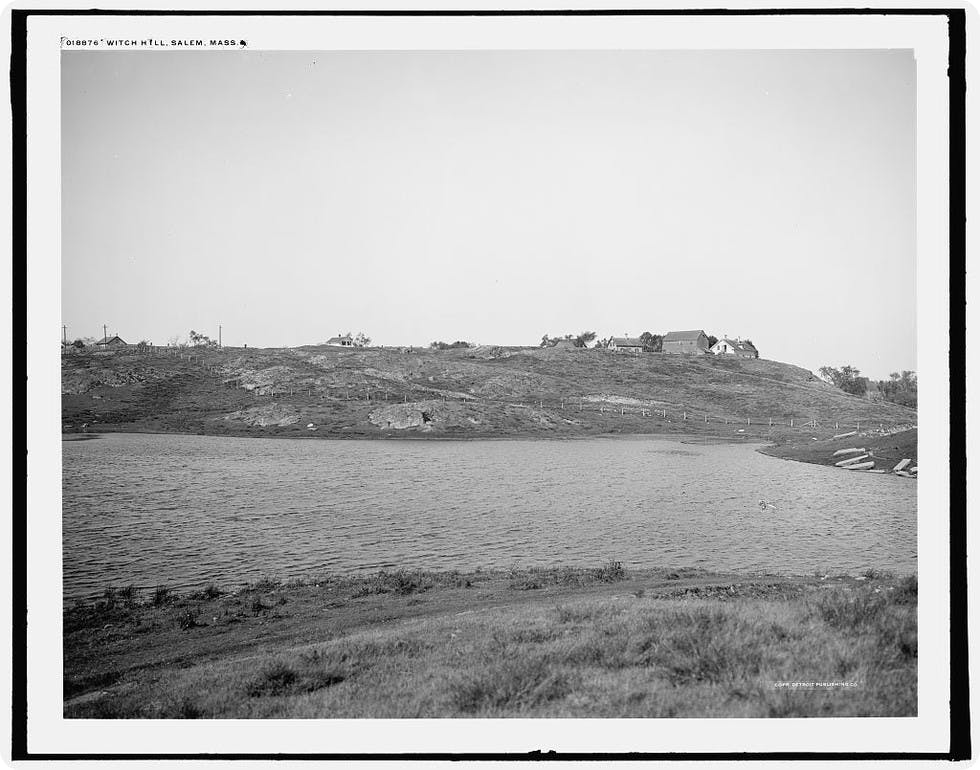
Library of Congress Prints and Photographs Division Washington, D.C. 20540 USA
A 19th-century historian declared the location now known as Gallows Hill in Salem, Massachusetts to be the site of the Salem Witch hangings, but historians have since determined that this is not the correct location.
Even though there was sufficient evidence to prove it did not occur at Gallows Hill, the true site remained a mystery until recently. In January of 2016 historians confirmed that a nondescript location in Salem was the actual spot that 19 were executed in 1692.
Researchers from The Gallows Hill Project team used a combination of evidence to make the determination. Their sources included historical documents - an eye-witness to an execution from the trial papers and several maps from different periods - and new sonar technology.
The farther away in time these events get, the more misinformation seems to surround their story. It's important to reconstruct the world our ancestors lived in with fairness and accuracy - oftentimes the truth is far more fascinating than fantasy.
More bizarre American history: The New England Vampire Panic of the 19th Century
Related articles recommended for you
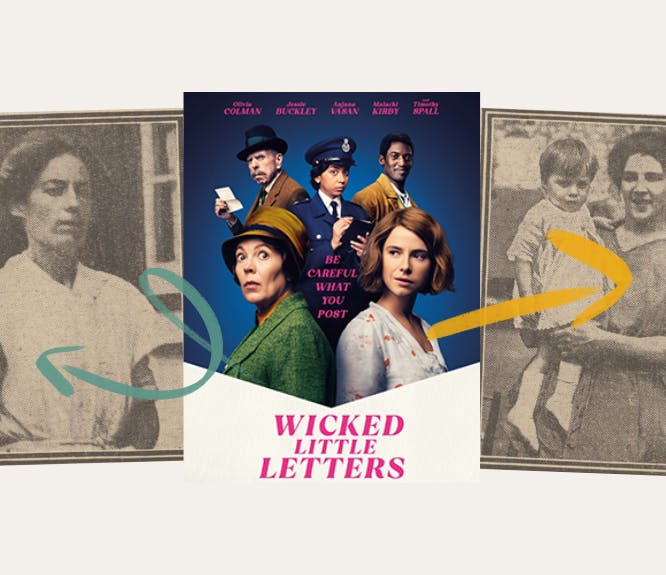
The shocking true story behind Wicked Little Letters
History Hub
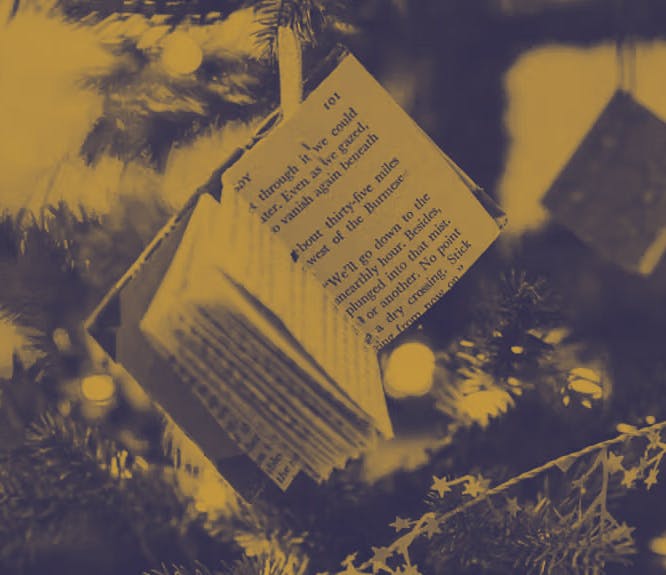
The history of the Christmas tree: how Queen Victoria introduced America to the Christmas tree
History Hub
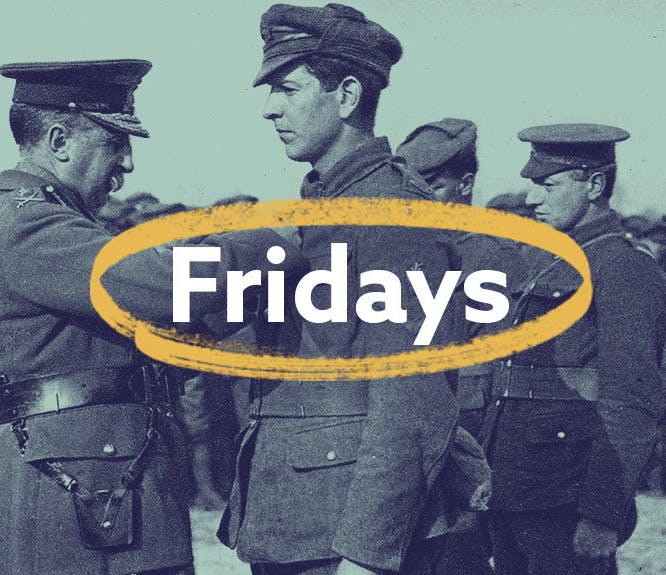
Celebrating Canadian military stories this Findmypast Friday
What's New?

